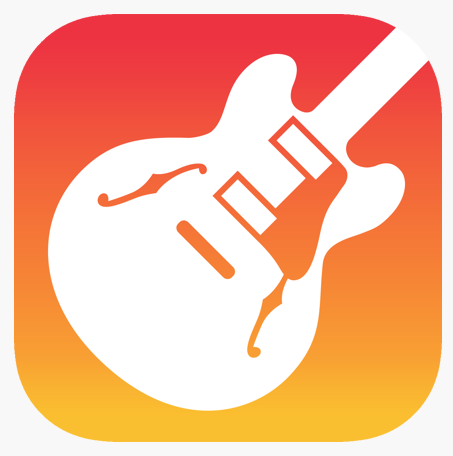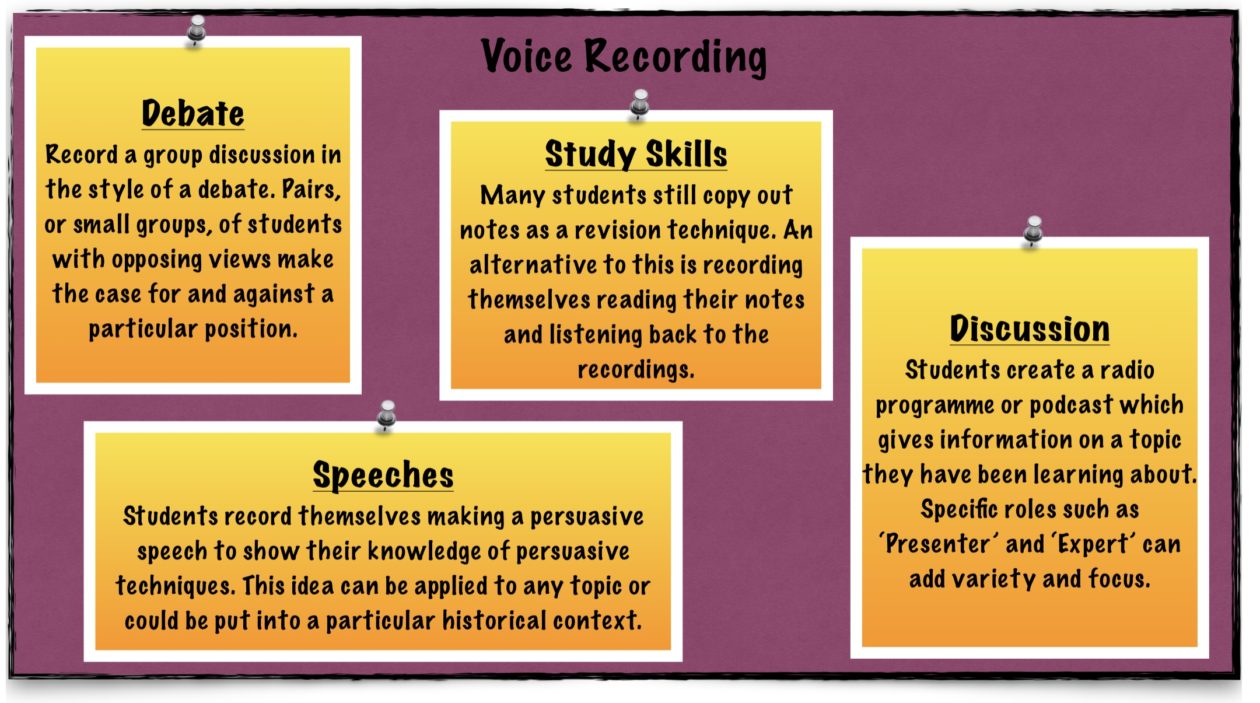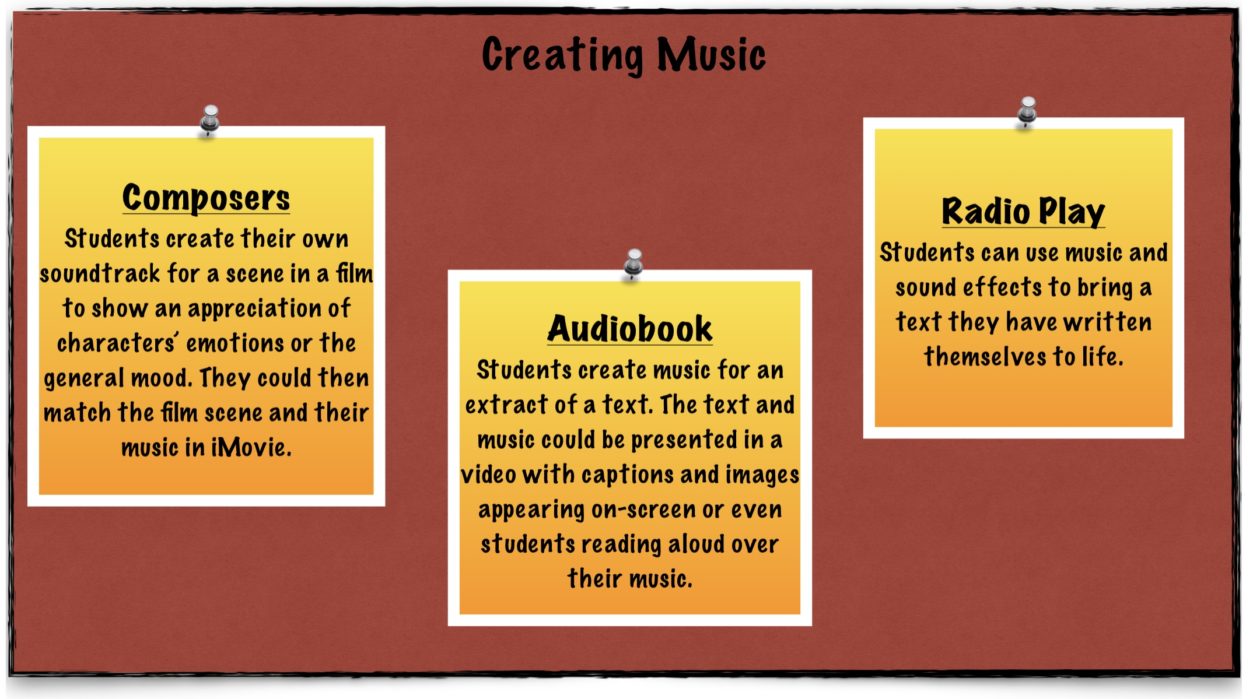
Music is a powerful and flexible tool in influencing our emotions – it can calm us down and lower stress levels or stimulate and inspire us to action. As well as this socio-emotional impact, music has long been linked to cognitive skills and recall. Have you ever sung along to a song you didn’t think you knew the words to? Music can be a powerful tool in the classroom and one way of harnessing its potential from your Connected Falkirk device is the GarageBand app.

GarageBand allows you to record voices using the built-in microphone on the iPad. Voice recording is something that’s already been happening for years in classrooms but the benefit of using GarageBand is that the recordings can easily be edited and shared. You could airdrop the file to another iPad or upload it directly to Teams, Google Classroom or any other virtual learning environment you might be using. Further benefits that open up new possibilities are the ability to play and record musical instruments. For the first time since I started teaching I can now realistically ask students to create their own piece of music as part of a classroom task. This opportunity to encourage creativity is something I find genuinely exciting as an educator.
If you are interested in trying some of the features of GarageBand, you may find these Connected Falkirk tutorial videos helpful in getting started.
Garage Band has obvious benefits for students and teachers of music but how can it be used in other curricular areas?
Below are some examples of how Falkirk teachers are currently using audio in the classroom. We would love to add more examples of the amazing things Falkirk teachers are doing, so please contact us with details of how you are using audio in your classroom using the comments below or Tweet us @ConnectedFalk
Ideas For Using Audio in the Classroom

Benefits of Recording Presentations and Discussions
Discussion is a key part of learning and it happens organically in classrooms all the time. It’s not practical to always record pupil discussions but what benefit is there to recording some specific discussions?
A voice recording is useful for assessment or just evidence of a pupil progress. The recording gives the teacher and pupil something tangible to refer to for feedback. Pupils can listen back to a recording to help them understand how to improve. Teachers have evidence of pupils’ learning and don’t have to assess as the discussion is happening. If pupils are taking voice recordings and adding music or visuals, they are developing creative skills alongside the curricular content of the recording. This puts their learning into a real-world context as they take on the role of producer or podcast creator.
The recordings can also be used as a teaching resource. If appropriate, a voice recording might be played to others in the class to aid their learning on the topic covered in the recording.
Create Your Own Music
Using the Audio Recorder to record pupil voices is a great way to start with using audio in the classroom. The music-making features open up even more exciting possibilities. You may want a backing track to go underneath your voice recording or you might ask students to create a piece of music as part of a different task. Here are some examples of how to incorporate this into lessons.

Audiobook Example
Here is an example of how to use the features of GarageBand as part of a poetry lesson on the National 5 and Higher Scottish Text “Visiting Hour” by Norman MacCaig.


